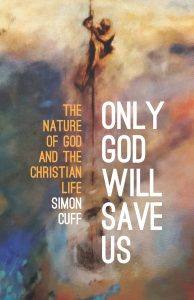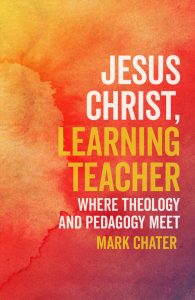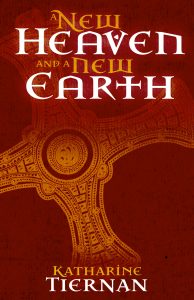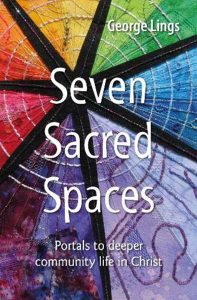Only God Will Save Us
 Only God Will Save Us
Only God Will Save Us
Author Simon Cuff
Publisher SCM £19.99
Format pbk
ISBN 9780334059264
This book describes how theology influences our lives, as the subtitle, ‘The nature of God and the Christian life’ reveals. Cuff helps us to access many of the great Christian thinkers in a way that shows their effect on how we try to live out faith. He tackles issues around the ideas connected with divine simplicity, suffering, love, wrath, mercy, life and jealousy. He is not afraid to examine some of the most difficult theological ideas to show how they are necessary to have a correct view of God and to live out the teachings of Jesus. Cuff shows that theology is not only for the seminary or the university, but that all believers need to engage and reflect with these themes. There are some criticisms of theologians, past and present, which are very stimulating and with which you may not agree (I have some issues with what he says about Moltmann); but he consistently develops his ideas in a way which is truly engaging and thought-provoking. This would be a book worthy of more sustained study and reflection by a group. A must-read.
Reviewed by CAVAN WOOD
Doctrine, Soteriology

 Jesus Christ, Learning Teacher
Jesus Christ, Learning Teacher New Heaven and
a New Earth
New Heaven and
a New Earth Seven Sacred Spaces
Seven Sacred Spaces
Recent Comments